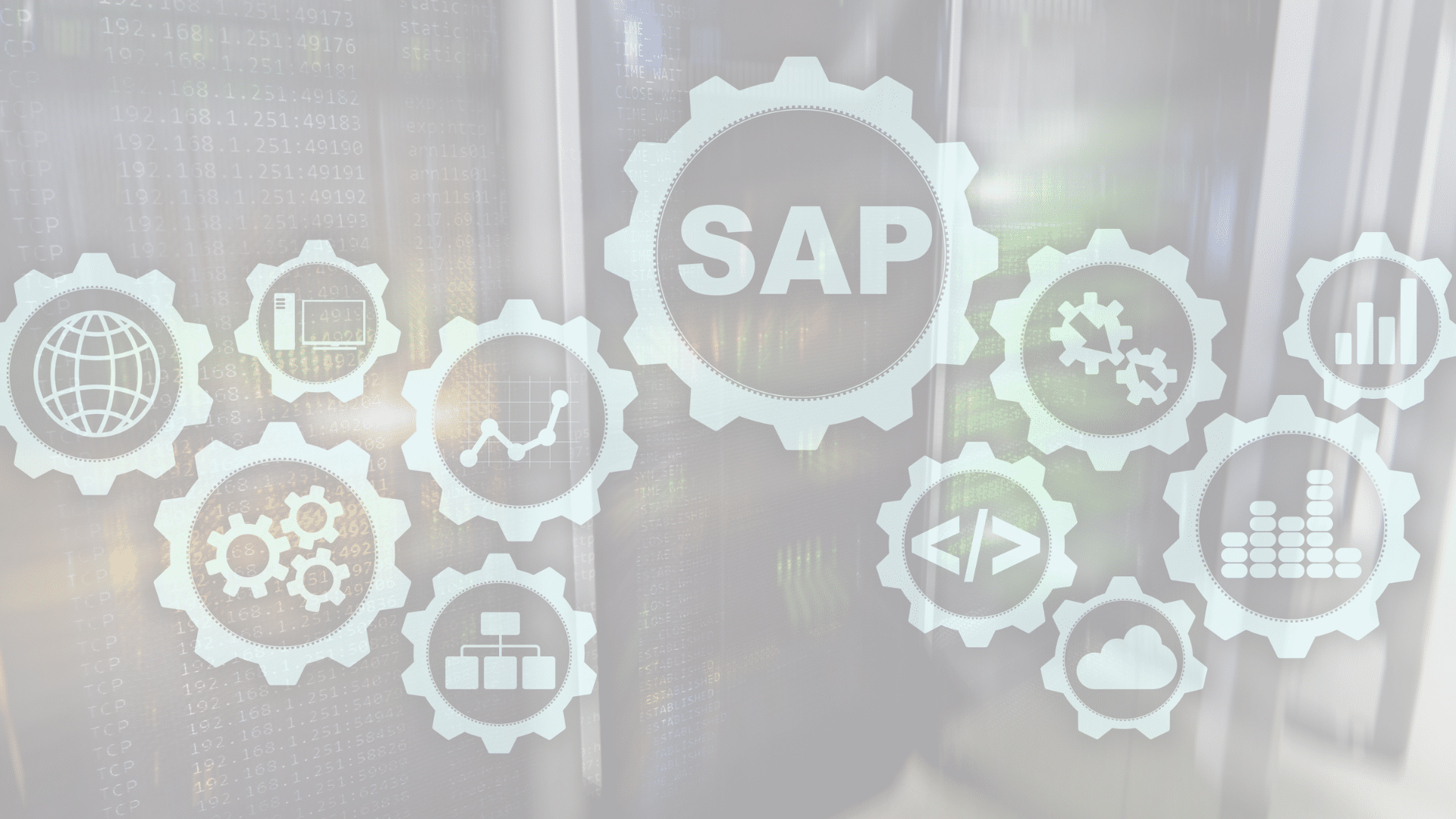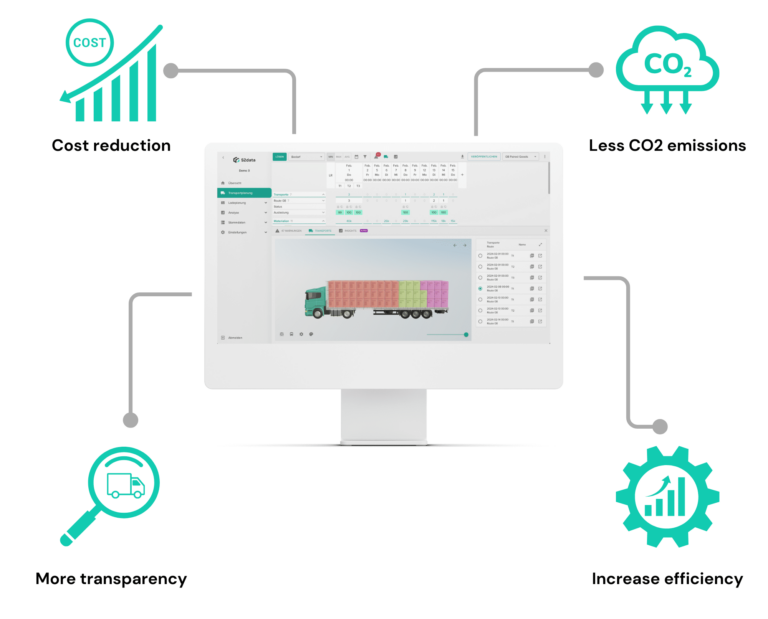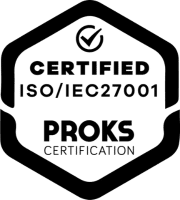SAP Transportation Management:
Gaps in the software and how specialized tools can help

Transformation and change is happening (not only from SAP R/3 to S/4Hana). In the fast-paced world of logistics and supply chain management, SAP Transportation Management (SAP TM) has become an essential tool for many businesses. Its capabilities in real-time visibility, freight billing, and overall transport management are highly sought after. However, despite its comprehensive features, SAP TM has notable gaps, particularly in the realm of integrated transport planning.
The Current State of SAP TM
SAP TM is widely appreciated for its robust functionalities. Businesses leverage it for:
- Managing transportation: Digitizing the planning and execution of all transport modes from road to sea freight to rail
- Real-time Visibility: Keeping track of shipments and providing up-to-date information about their status.
- Freight Billing: Streamlining the complex process of billing and ensuring accurate charges.
- Comprehensive Transport Management: Enabling organizations to manage their transportation needs efficiently.
Despite these strengths, one area where SAP TM falls short is in its integrated transport planning capabilities. This is particularly evident in industries with highly specific logistical needs, such as the automotive sector.
Weaknesses in integrated transport planning
-
- Missing integrated planning: WMS-based shuttles or MRP based delivery schedules need a holistic planning approach including data from more facilities, suppliers, customers, network constraints than standard TM can handle.
-
- Route planning: While SAP TM provides basic routing capabilities, it does not offer the flexibility needed for industries with complex supply chains and delivery routes.

-
- Load space planning: Efficient utilization of vehicle space is critical, especially when dealing with large, irregularly shaped items common in automotive logistics. SAP TM’s load optimization often falls short, as it does not place loading units optimally onto transports. It tends to overlook many necessary constraints, leading to suboptimal space utilization and increased transportation costs.
-
- Lack of flexibility: SAP TM does not allow SAP consultants the flexibility to tailor optimization algorithms to detailed industry or customer-specific constraints. This inflexibility means that businesses cannot fully customize the software to meet their unique logistical challenges.
-
- Lack of tarif optimization and smart consolidation of loads
These gaps mean that businesses may not be achieving the most efficient and cost-effective transport plans, leading to increased operational costs and reduced efficiency.
Bridging the saps with specialized tools
To overcome these limitations, many companies are turning to specialized software and APIs that complement and enhance the capabilities of SAP TM. One such tool is the S2data Platform, which offers significant improvements in planning efficiency.
S2data Platform and Its Benefits:
- Enhanced Route Planning: By integrating with SAP TM, the S2data Platform provides more sophisticated routing algorithms that can handle the complex requirements of industries like automotive. This ensures that routes are optimized for time, cost, and efficiency.
- Comprehensive Load Space Planning: The platform offers advanced load space optimization, ensuring that every inch of cargo space is utilized effectively, reducing the number of trips required and cutting down on transportation costs. Unlike SAP TM, S2data’s algorithms consider all necessary constraints and place loading units in the most optimal manner.
- Holistic Planning Approach: S2data Platform breaks down silos in the planning process, linking route planning, tariff calculation, and load space optimization into a seamless workflow. This holistic approach leads to more cohesive and efficient transport plans.
- Customization and Flexibility: S2data allows for significant customization, enabling SAP consultants to tailor the optimization algorithms to meet specific industry or customer requirements. This flexibility ensures that businesses can adapt the software to their unique logistical needs.

Conclusion
While SAP TM is an invaluable tool for transport management, its limitations in integrated transport planning can hinder businesses from achieving peak efficiency. By leveraging specialized add-ons like the S2data Platform, companies can bridge these gaps and significantly enhance their planning processes. These tools provide industry-specific solutions that standard SAP TM features may lack, offering a tailored approach to meet the unique demands of various sectors.
In an era where efficiency and cost-effectiveness are paramount, investing in complementary software solutions can provide a competitive edge. By integrating such tools with SAP TM, businesses can ensure they are not just keeping up with the demands of today’s logistics landscape but are also paving the way for a more streamlined and efficient future.
